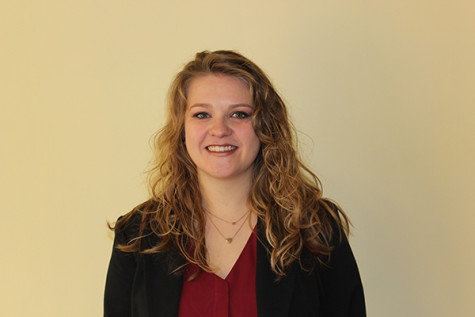Some may remember Sept. 30, 2013, when Pitt-Johnstown Librarian Jim Langan slumped to his side on a bench at the campus mall.
He suffered a heart attack, and thanks to one woman his life was saved. Kyla Colcombe, a freshman at the time, was determined to help Langan.
She screamed for help and finally grabbed two students to help her.
This kind of incident is what a group called Mentors for Academic and Personal Success have been trying to use to inform the campus community members about effective bystander action.
Rumor had it that the bystander instruction began because of the Langan incident, but the events had been planned the summer prior to Langan’s heart attack, according to mentor Tessa Smith.
Academic Success Center Director Katherine Kinsinger designed the bystander program and left the rest of the planning to Smith, according to Smith.
The first time the instruction was offered was fall 2013, during a two-day program. This year, the mentors added a day.
Solution instruction is offered on the first two days of the event. The instructor is to educate students about a bystander effect by showing videos and brainstorming ways to prevent this problem.
“We encouraged students to make vows among friends to never leave anyone behind,” Kinsinger said.
Freshman Chelsea Vojtash attended September’s program and found it enjoyable since the Mentors had them involved.
“It was helpful because it taught me how to intervene in ways other than breaking up a fight,” Vojtash said.
The one thing Vojtash would have preferred is if they could have acted out the solutions to scenarios they were given instead of just one group member sharing one.
Since mentors are heavily involved with the university scholarship classes, freshmen were encouraged to attend the bystander program, but all were welcome, according to Smith.
“This year we had so many more students, about 250 attended this year as opposed to the 110 students who came last year,” Smith said.
In the added program day, student leaders told stories of when they were bystanders, or when they were in a situation when they could have used help from bystanders.
The purpose of these events each year is to inform students how to step in while still being safe when in a situation, Smith said.
Kinsinger said she wanted the mentors to be more involved outside the classroom and to help improve campus.
She said she had worked with similar programs at Ohio State University, Columbus, Ohio, Penn State University, and Penn State-Altoona University.
Kinsinger said she felt it was important to inform students about issues, such as excessive drinking and sexual assault.
Part of the bystander program is to promote campus community, according to Kinsinger.
“It’s important that the students planned for events,” Kinsinger said.
Which is why, she said, she had Smith take on the planning.
“I hope it continues, but I want the mentors to decide if it’s something they want to continue doing,” Kinsinger said.
Kinsinger said she hopes this will be a tradition in the community.

